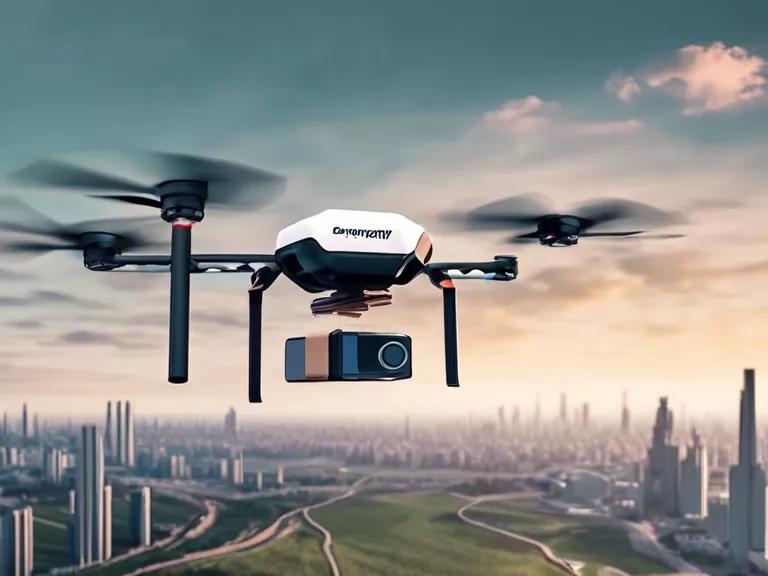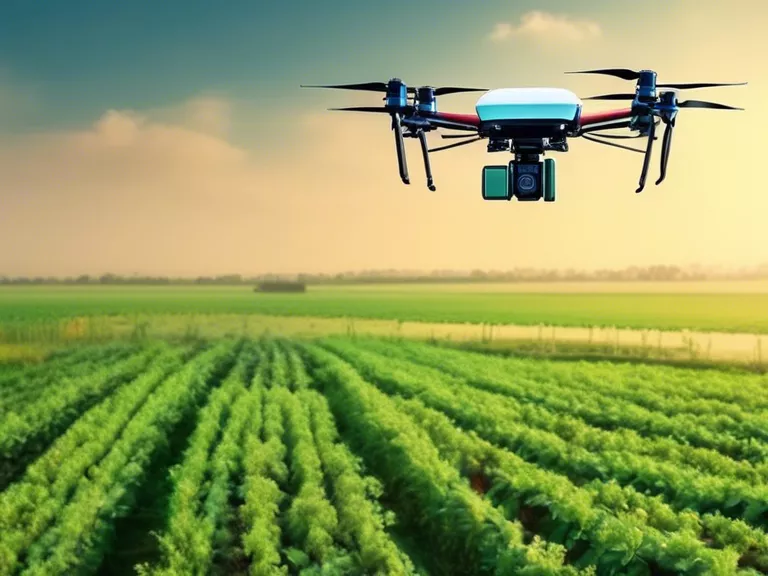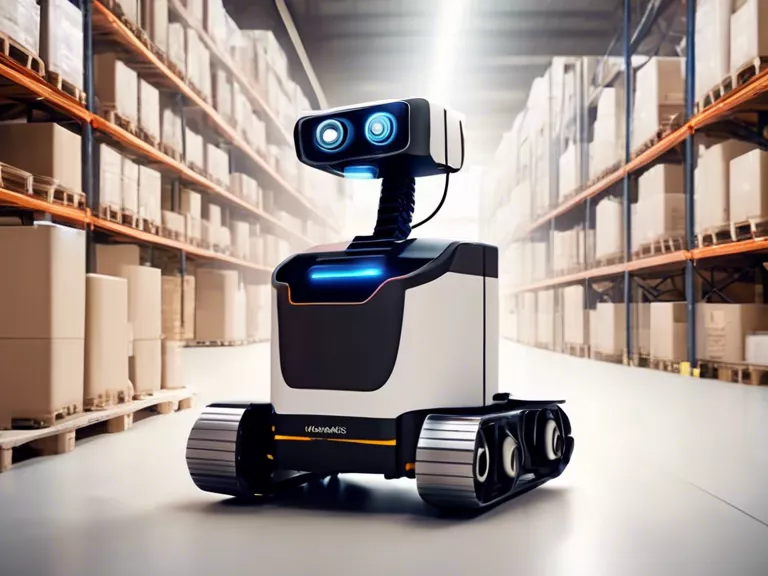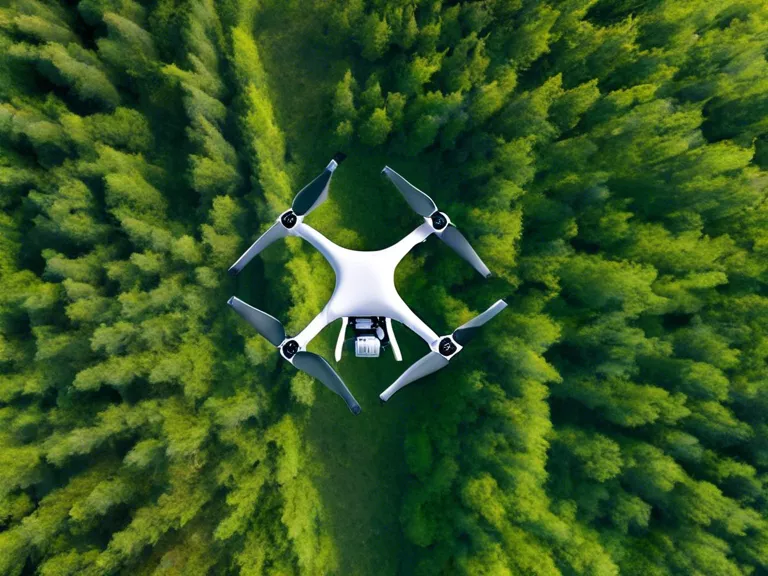
With the growing concern over climate change, many industries are looking for ways to reduce their carbon footprint, and the logistics industry is no exception. One of the innovative solutions that has emerged in recent years is the use of delivery drones for last-mile logistics. These small, unmanned aerial vehicles are proving to be a game-changer in terms of reducing carbon emissions and increasing efficiency in the delivery process.
Delivery drones are powered by rechargeable batteries, which means they do not rely on fossil fuels like traditional delivery vehicles. This alone significantly reduces the carbon emissions associated with last-mile deliveries. In fact, studies have shown that delivery drones emit up to 80% less carbon dioxide compared to conventional delivery trucks. This reduction in emissions is crucial for combating climate change and improving air quality in urban areas.
Another way in which delivery drones are reducing the carbon footprint of last-mile logistics is by cutting down on the distance traveled by delivery vehicles. Traditional delivery trucks often have to navigate through traffic congestion and make frequent stops, which can result in inefficient routes and increased fuel consumption. In contrast, delivery drones can fly directly to their destination in a straight line, bypassing obstacles and reducing travel time. This not only cuts down on carbon emissions but also reduces delivery times, making the process more efficient and cost-effective.
Furthermore, delivery drones are also being used to facilitate the delivery of essential goods to remote or hard-to-reach areas. In these cases, delivery drones provide a sustainable alternative to traditional delivery methods, which often involve long journeys by road or air. By using drones, companies can reduce their reliance on polluting transportation methods and minimize their environmental impact.
In conclusion, delivery drones are revolutionizing last-mile logistics by significantly reducing the carbon footprint of the delivery process. By utilizing these innovative technologies, companies can not only improve their environmental performance but also enhance their operational efficiency and customer satisfaction. As the technology continues to advance, we can expect to see even greater benefits in terms of sustainability and reduced emissions in the logistics industry.



